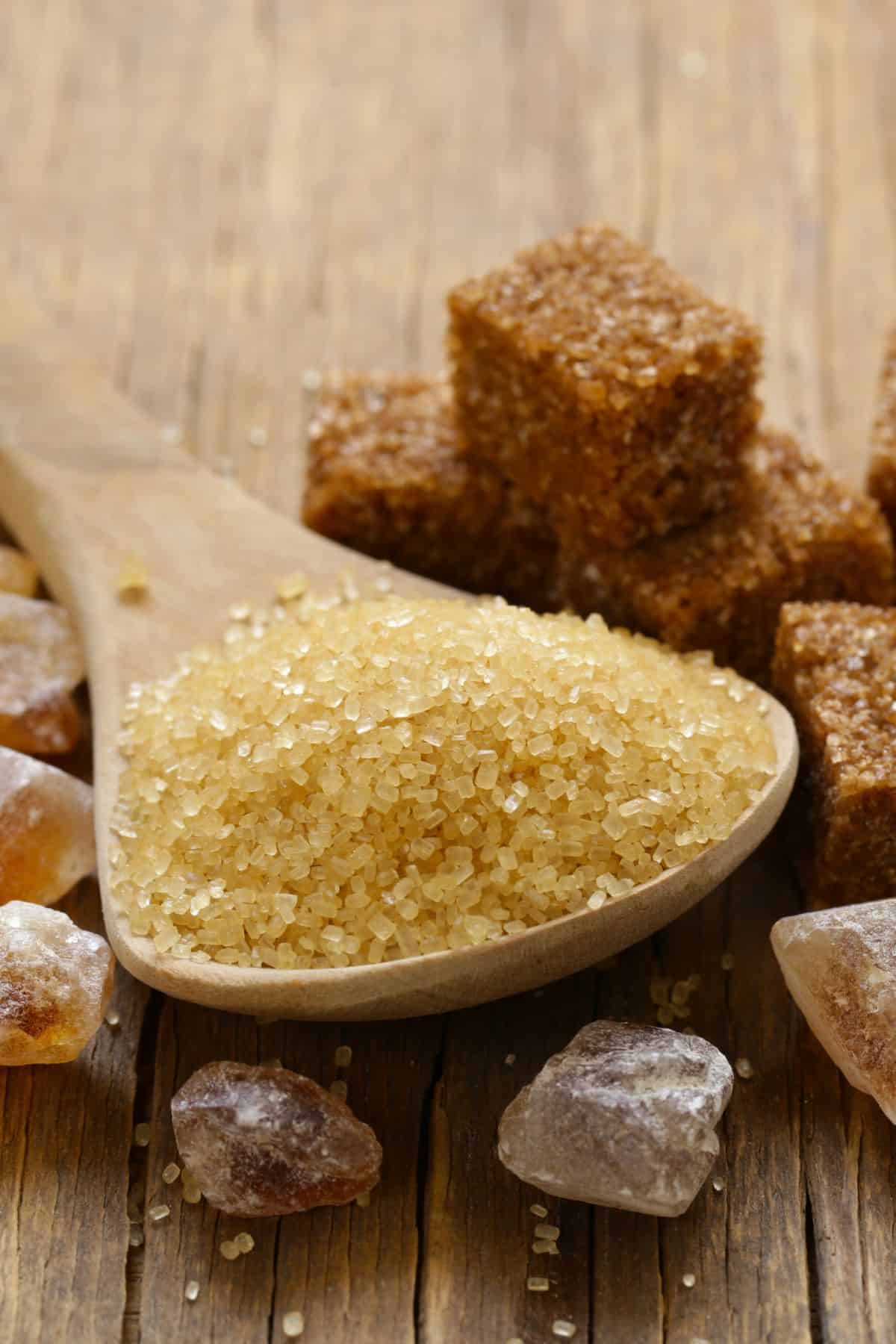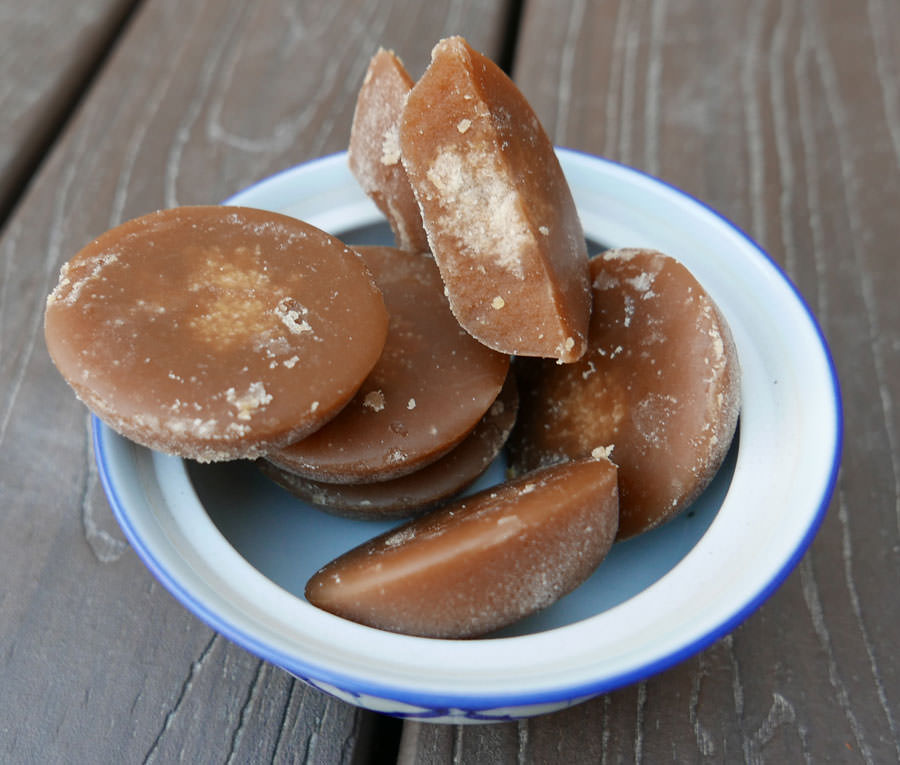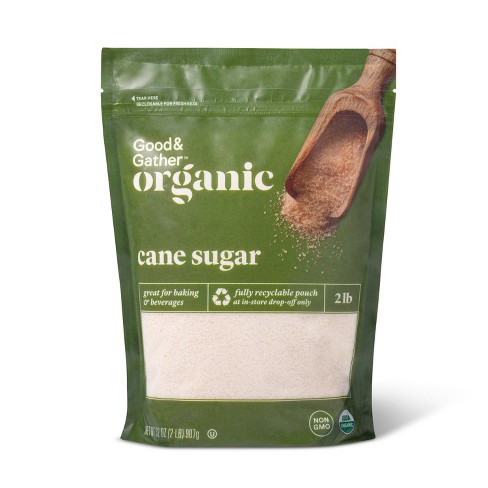The Trip of Cane Sugar Processing: From Harvest to Crystals
Checking Out the Comprehensive Steps Included in Cane Sugar Processing From Harvesting to Improvement
The process of walking cane sugar manufacturing encompasses a series of elaborate actions, beginning with the cautious harvesting of sugarcane and culminating in the refinement phases that guarantee the end product meets market criteria. Each stage, from the removal of juice to the purification and formation procedures, plays a critical duty in identifying the high quality and character of the sugar. Recognizing these stages not just highlights the intricacy of sugar manufacturing yet additionally raises crucial questions about performance, sustainability, and advancement in the sector. What ramifications do these elements have for future methods?
Harvesting Sugarcane
Collecting sugarcane is a crucial step in the walking cane sugar processing chain, as it straight influences the quality and return of the end product. Correct timing and techniques are necessary during this phase to guarantee optimum sugar web content and lessen losses. Typically, sugarcane is gathered when it gets to maturity, usually 12 to 18 months after planting, identified by a high sucrose focus.

Post-harvest, the sugarcane must be processed swiftly to stop sucrose destruction. Ideally, gathered walking cane should be carried to refining facilities within 24 hours to protect sugar high quality. Therefore, efficient logistical preparation is critical to keep the stability of the harvested plant throughout the supply chain.
Removal Process

The crushed walking cane is subjected to a series of pushing operations to take full advantage of juice recovery. Usually, warm water is splashed onto the smashed cane, producing a countercurrent circulation that helps liquify the sugar while also helping in the removal procedure. The juice gathered from this procedure has not only sugar however additionally different organic compounds and impurities.

To enhance extraction effectiveness, some facilities might employ diffusion methods, where the sugarcane is saturated in warm water, enabling the soluble sugars to diffuse into the fluid. The resulting juice, rich in sucrose, is then routed to succeeding processing phases, laying the foundation for filtration and refinement. The extraction procedure is thus critical in identifying the quality and return of the final sugar product.
Filtration Techniques
The filtration techniques utilized in cane sugar handling are vital for transforming the raw juice right into a high-grade sugar product. These techniques mostly aim to get rid of contaminations, such as dirt, plant materials, and not natural substances, which can adversely influence the end product's flavor and shade.
This procedure includes including lime and warm to the raw juice, which helps with the coagulation of pollutants. Additionally, the use of phosphoric acid can improve the explanation process by additional binding contaminations.
One more considerable strategy is carbonatation, where carbon dioxide is introduced to the cleared up juice. This reaction generates calcium carbonate, which useful content catches remaining contaminations and advertises their removal.
Additionally, activated carbon therapy may be applied to adsorb any continuing to be colorants and natural contaminations, ensuring an extra refined site here product. The mix of these methods efficiently prepares the sugar juice for succeeding steps in the refining process, setting the phase for the production of premium walking cane sugar.
Condensation Approaches
After the purification stage, the following crucial action in walking cane sugar processing involves formation methods, which play a critical duty in changing the made clear juice right into strong sugar. This process normally uses two key techniques: spontaneous formation and regulated formation.
In spontaneous crystallization, supersaturated sugar options are allowed to cool naturally, leading to the development of sugar crystals over time. This approach permits for the uniform development of sugar crystals and higher purity.
During crystallization, the clarified juice is concentrated via dissipation, increasing its sugar material up until it gets to supersaturation. When this factor is achieved, either method can promote the condensation procedure. Cane Sugar Processing. The resultant sugar crystals are then separated from the staying syrup through centrifugation
Inevitably, the selection of crystallization method influences the quality, size, and purity of the last sugar item, making this action important in the general cane sugar handling treatment.
Improvement and Packaging
Just how can the purity and top quality of cane sugar be further enhanced after condensation? The improvement procedure plays a crucial role in achieving top notch cane sugar.
Next, the sugar goes through a process called centrifugation, where it is spun at broadband to separate the cleansed sugar crystals from the remaining fluid. After centrifugation, the sugar is often more improved through a method called carbonization or phosphatation, which makes use of triggered carbon or phosphoric acid to eliminate color and off-flavors.
When improved, the sugar is dried out to accomplish the preferred wetness content, ensuring that it remains steady throughout storage and transportation. The basics final step involves packaging the polished sugar in moisture-proof and airtight containers to preserve its high quality and protect against contamination. Cane Sugar Processing. Proper product packaging not only expands rack life however additionally helps with simple handling and circulation, making certain that customers get sugar that fulfills the greatest standards of purity and high quality
Verdict
The thorough actions included in walking stick sugar processing, from the meticulous harvesting of sugarcane to the elaborate improvement and product packaging phases, emphasize the importance of each phase in ensuring premium sugar manufacturing. Ideal harvesting techniques, efficient extraction methods, and rigorous purification procedures jointly add to the last product's pureness and stability. The crystallization and subsequent packaging practices additionally improve the honesty and service life of the sugar, highlighting the complexity and accuracy intrinsic in this crucial agricultural market.
The procedure of walking stick sugar manufacturing includes a series of intricate steps, beginning with the cautious harvesting of sugarcane and culminating in the refinement phases that ensure the final item satisfies sector requirements. Preferably, collected walking cane needs to be moved to processing centers within 24 hours to maintain sugar high quality.In spontaneous condensation, supersaturated sugar options are allowed to cool naturally, leading to the formation of sugar crystals over time - Cane Sugar Processing. The refinement process plays a critical duty in achieving high-grade cane sugar.The comprehensive actions included in walking cane sugar processing, from the meticulous harvesting of sugarcane to the elaborate improvement and product packaging stages, underscore the importance of each phase in ensuring high-grade sugar manufacturing